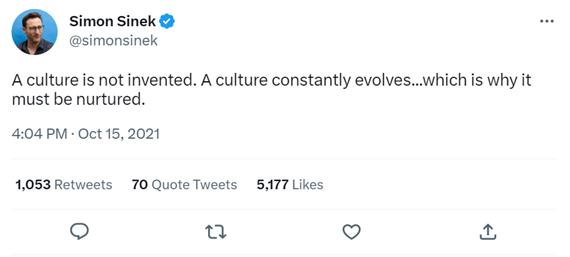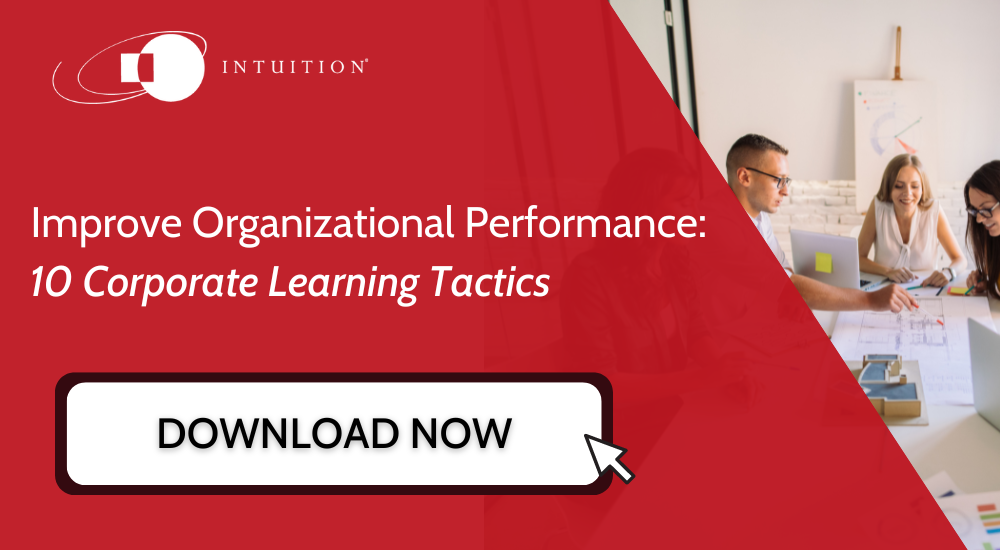Talent development and the role of culture in sustaining restaurant franchise success
The Franchise Times’ Restaurant 200 rankings were released in August 2022, highlighting what was something of a watershed year for the industry. Profits boomeranged back to pre-COVID19 levels, and organizations were rewarded for their resilient response to the crisis by shooting up the rankings.
COVID19 did more than simply disrupt the status quo – it asked tough questions of leaders scrambling to adapt their business models, pivoting toward long-term redress and damage limitation in the wake of a pandemic downturn.
Fast forward a few years, however, and the restaurant industry is on a dramatic upward trajectory. Organizations with once small pockets of Midwest units have begun to consolidate and stake real challenges to industry leaders and household names.
While it is one thing to emerge from a global emergency such as COVID19, it is another to have the wherewithal to build long-term, sustainable business models. This is sure to be especially difficult as organizations who struggled to stay afloat look to rebuild what they lost – or take what is now up for grabs.
This article explores the role people play in the context of this state of flux, as organizations begin to invest heavily in their culture and talent development functions. We examine where training initiatives fit within the equation, how L&D plays a part in perpetuating company culture, and what industry examples are worth sharing.

Learning how to leverage your biggest asset
People clearly remain an organization’s most valuable asset. But people alone –under-resourced, under-appreciated, and underdeveloped – cannot be expected to blindly carry the responsibility for an organization’s success or survival.
Successful companies as we understand them are not built simply by meeting staffing requirements. There needs to be an external influence of some kind that can motivate enough of an organization’s people to generate the necessary cultural buy-in, investing their time and energy into helping define and shape what the organization represents.

The above quote is especially true of industries that suffer from chronic turnover. Restaurant groups – and fast-food restaurants in particular – boast historically high staff turnover rates. A recent Business Insider article placing this turnover as high as 144% in the past few years.
This is expected to some extent when we tie it back to the demographics. The statistics tell us that employees are young (70 per cent under the age of 25), and that they more often than not use these fast-food jobs as a stepping stone between college and pursuing long-term career ambitions post-degree.
The challenge therefore is how do companies insulate themselves against haemorrhaging their best talent? How can they make a compelling enough case to convince young, determined, and creative graduates to progress their career within their enterprise? Companies naturally have to account for and expect a certain amount of loss, but what needs be understood is that all the difference can be made up in retaining a small, but very capable minority of those people who instead of leaving opt to stay.
Succession planning should consider how to develop people internally, rather than rushing to market and shopping for talent elsewhere.

Long-term cultural buy-in
A company’s culture should not be something you read in a brochure or learn to understand over the course of a 30-minute onboarding session. It is something you have to live and experience – It is rooted in its people and the personal experiences that have shaped them through their journey within the organization.
Leaders need to understand this at its most fundamental level. Though C-Suite talent can be bought, there is no replacement for those who have instead ‘served their time’ and ascended through the ranks, perhaps over decades.
Companies looking to communicate these values at scale should consider how it is reflected in their L&D programmes. Whether your concentration veers toward workshops, online, or a mix, the message needs to be consistent: There is opportunity for progression here.
Companies such as McDonald’s have made some striking inroads to achieving this. Hamburger University, established in 1961, offers industry professionals the chance to develop their commercial skillsets in such areas as restaurant operations and leadership development. You can even go so far as earning a bachelor’s degree in “Hamburgerology”.

Mapping out a path
Examples such as the above demonstrate how succession planning can play a much more formative role in a long-term success strategy. Mapping out this employee path is required in a very real way – It cannot rely on selling a dream for what the idea is worth. In other words, it helps to have legitimate success stories.
Examples of individuals who have gone all the way from entry-level roles to a top corporate/executive position help inspire younger generations trying to chart their course through the company. An organization’s training strategy should underpin this narrative through exemplifying its cultural values and illustrating where employees critically fit within it.
Essentially, restaurant owners should try to shift expectation from “losing talent is inevitable, there’s little that can be done about it” to “we have long-term career opportunities here, we want you to stay. Here is what we can offer”.
Being able to offer up a long-term plan for employee growth is a massive form of value-proposition to those ambivalent about their future within the company. Having some long-form training strategy serves as the first step toward legitimizing these efforts. Employees need reassurance that their future will be invested in and that regardless of whether they stay or leave, they will have gained unique, valuable skillsets and experience worth their time.
It is unquestionably better to have invested resources in employees who eventually leave, than to lose people who you never made any commitment to in the first place.

A great example of this interplay between personal development and company culture can be seen in Raising Canes, a Louisiana-based fast-food chicken restaurant. What is special about their story is the emphasis they place on nurturing employee development and tying the employee’s journey back to the company’s mission statement. Regardless of position or seniority, each employee is given the title suffix of “Fry Cook and Cashier”. Whether that is in operations, human resources, procurement, or among the executive ranks, every employee has it in their job title. In a revealing Forbes interview, Raising Canes founder and CEO Todd Graves explained the philosophy:
“People are everything…. being appreciative is what we are at Canes. That’s the basis of our culture. Our job titles are one way we show that appreciation. Every one of our 30,000 employees has fry cook and cashier in their title. Mine is founder, chairman, CEO, fry cook, and cashier. If you are an accountant in Cane’s, you’re an accountant, fry cook and cashier. Because that’s what we do.”
Conclusion
Employees nowadays crave development. People no longer care for inert, unproductive work, preferring challenging, agile opportunities that allow them to grow and freely move within organizations.
More than ever, culture has a role to play not only in attracting talent from the outside, but arguably even more importantly, retaining internal talent. Restaurant groups are now tasked with building L&D functions that serve this exact purpose. It is time the industry started to play the long-game, creating opportunities for upward mobility that centre around its commitment to learning and development and all the good that can come from that when it is done right.


